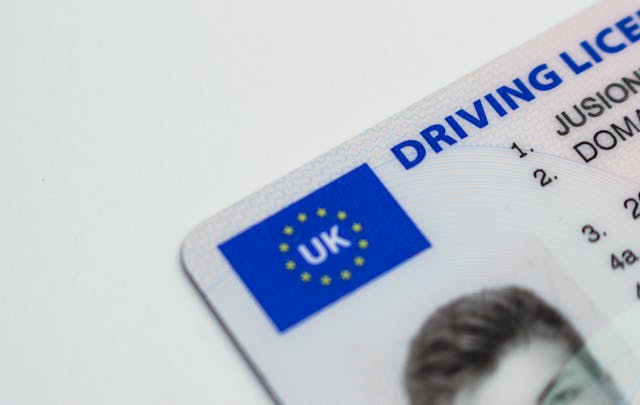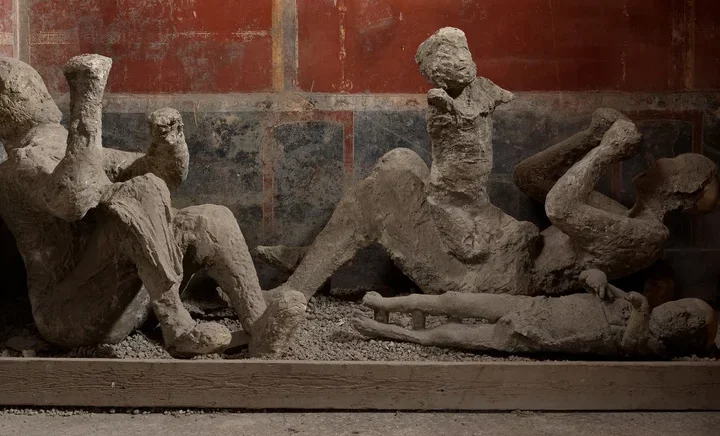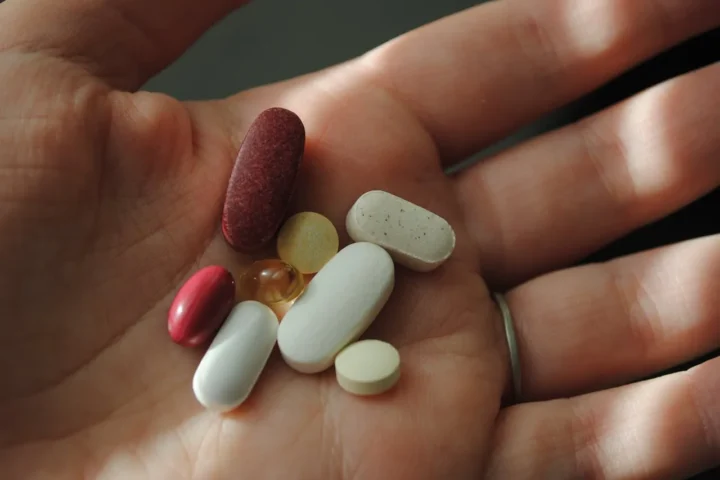Common bone-strengthening medications might help fight COVID-19, according to new research that explains why these drugs work against the virus. Scientists at the University of York worked with India’s Birla Institute of Technology and Science to crack this medical mystery.
The story starts with a Harvard Medical School discovery. They studied 450,000 people taking bisphosphonates – drugs that treat bone loss. People using these medications, like alendronate and zoledronate, showed lower odds of testing positive for SARS-CoV-2 infection, being diagnosed with COVID-19, and needing hospital care due to COVID-19.
Now we know why. These medications can bind to a specific enzyme domain found in nidoviruses, including coronaviruses, which may inhibit viral replication. Honorary Professor Seshadri Vasan from the University of York explains: “Although vaccines work well against COVID-19 variants, they can’t stop the virus from spreading. We need new treatments to keep up with this constantly changing virus.”
The research team examined thousands of existing medications to find those that might work best. They looked at 7,817 drugs and focused on 214 promising ones. They also studied 1,992 bisphosphonates, finding three strong candidates: alendronate, zoledronate, and minodronate (used in Japan).
Similar Posts
These medications target a specific enzyme domain in coronaviruses that plays a role in how the virus functions. Since doctors already prescribe these drugs for bone health, they’re approved medications with known safety profiles.
Why does this matter? Having more treatment options helps everyone, as new tools against COVID-19 could provide additional ways to fight the virus. Using existing medications could mean faster development of new treatments since these drugs are already well-studied.
Scientists now want to test these medications in clinical trials. This research would show exactly how well they work against COVID-19 in real situations and determine the right amounts to use.
The findings appear in the Journal of Molecular Graphics and Modelling. This research shows how medications can sometimes help in unexpected ways – in this case, a bone drug might help fight a virus.

















